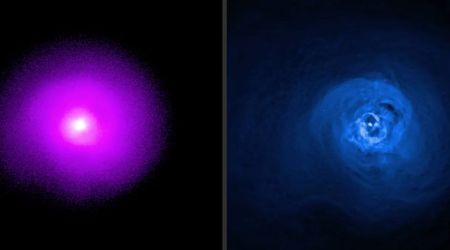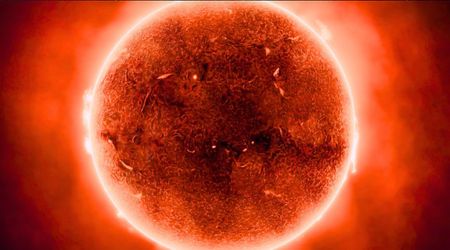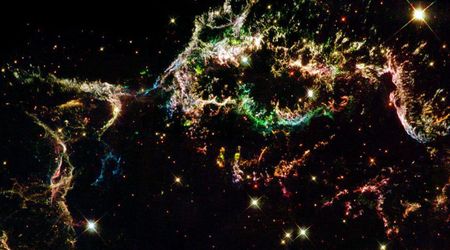Starliner’s next crewed launch delayed to early 2026 after anniversary of its first crewed ISS docking

Boeing’s CST-100 Starliner spacecraft docked with the International Space Station (ISS) on June 6 last year. The mission carried NASA astronauts Sunita “Suni” Williams and Barry “Butch” Wilmore to conduct Crew Flight Tests. However, the mission's first anniversary marks an uncertain future for the Starliner program, with NASA announcing further delays, as reported by SpaceFlight Now. The date was shifted from no sooner than late 2025 to the beginning of 2026 at the earliest. The space agency was also contemplating whether the next Starliner spaceflight would carry astronauts onboard.

NASA revealed the next launch timing was “pending system certification and resolution of Starliner’s technical issues.” Its first mission to the ISS was in June 2024, with a crew onboard. However, issues regarding helium leaks and propulsion system anomalies led to its uncrewed return, with a touchdown at the White Sands Space Harbor in New Mexico in September 2024. Williams had stated that the next logical step would be an uncrewed Starliner flight to space, likely due to the previous reasons, and hoped that Boeing and NASA would decide the same.

The astronauts became part of the Expedition 72 crew and were brought back by the SpaceX Crew-9 mission in March 2025, when Starliner was grounded. After a prolonged silence since the return of Starliner, Commercial Crew Program (CCP) Manager Steve Stich stated that NASA and Boeing were working on their corrective actions. “We’ll continue to work for certification toward the end of this year,” he said, wanting to fit a rew as well. “We’ve got to go figure out, manifest-wise, where the Starliner fits? Does it fit best towards the end of this calendar year, the first flight back after CFT, or early next year?”
NEW: Two astronauts are now stuck at the International Space Station after NASA and Boeing managers knew the Starliner rocket had a leak before launch but believed it was too small to pose a threat; report say
— Unlimited L's (@unlimited_ls) June 24, 2024
The launch had already been delayed due to a previous leak; according… pic.twitter.com/Jejl1Z5rgF
The agencies were focused on the workings of the craft, recovering thrusters through integrated firing. The thrusters had to be tested individually within each service module’s exterior compartment for thermal models. This focuses on the possible propulsion and upgrades in the spacecraft’s thermal protection system. They provided solutions for operating future flights, although it was under debate whether the design or operating style should be changed. These changes were being considered to avoid the risk of malfunction and similar issues.

The post-certification flight called Starliner-1 was designated with a list of astronauts for its crew, which changed based on mission requirements. Presently, the reassignment of members has left this question unanswered, as per SpaceFlight Now. Though the official mission stated the previous potential crew, further delay in the next flight meant reassignment of the crew based on new mission parameters. However, the lack of a lineup for a crewed mission on board the next flight of Starliner was the least of the agencies’ concerns as they hurried to make things work.
One year ago today, Boeing's Starliner spacecraft docked to the ISS to begin the Crew Flight Test. Today, NASA announced that the next flight of Starliner is NET early 2026 and it's still TBD as to whether there will be crew on board or not.
— Spaceflight Now (@SpaceflightNow) June 7, 2025
Read more: https://t.co/Qkle4w4TIp pic.twitter.com/c7MIVDV0Oh
After suffering a botched test flight that left two astronauts stranded in space, Starliner had to tick several boxes to make it valid for flight. Getting more crew on the ISS could now fall as a responsibility for SpaceX, highlighting the agency’s reliance on the company, as per The Edge. The Starliner vehicle is to be an alternative to SpaceX’s Dragon spacecraft, but its status still hangs in the air with no certification to carry a crew. However, NASA and Boeing are determined to evaluate the shortcomings and be perfectly prepared for the craft’s future missions.









